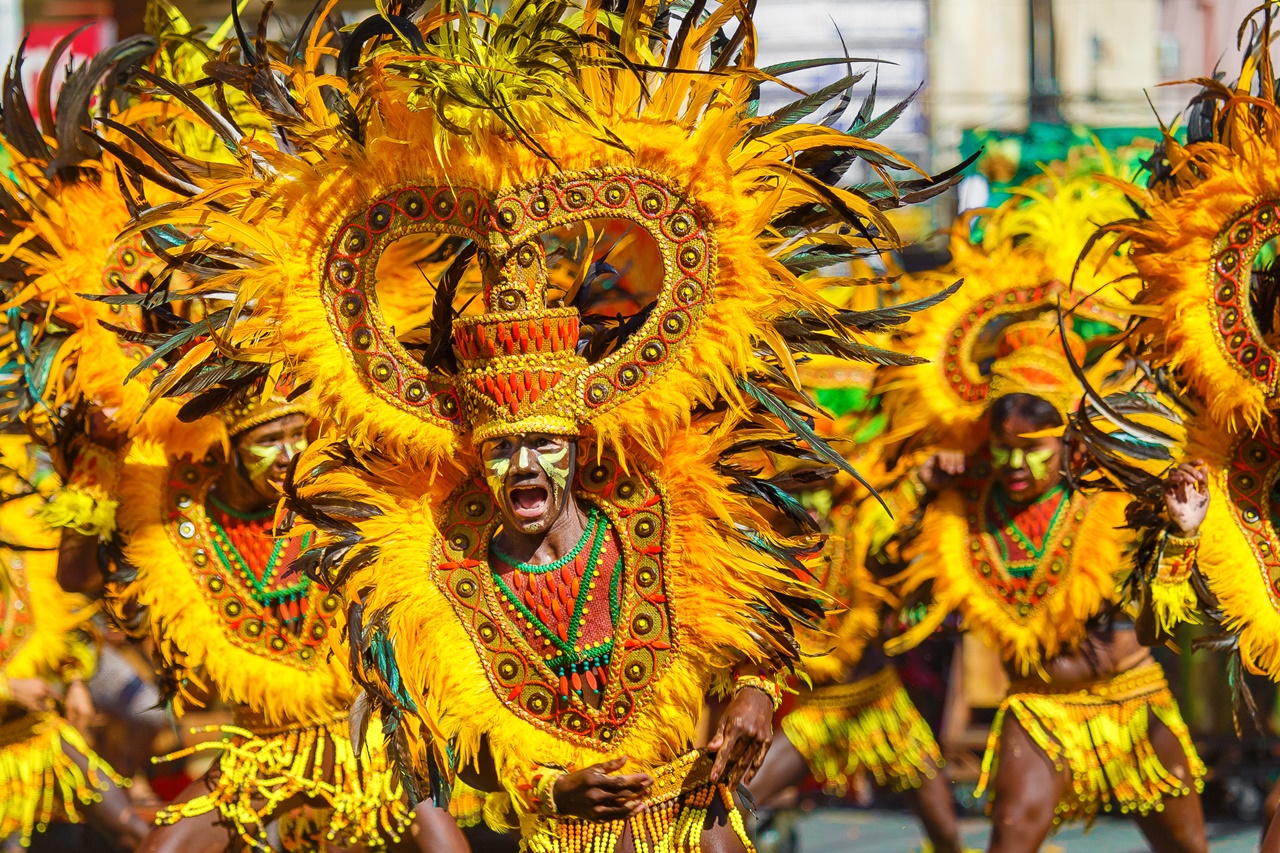#PhilippineFestival
FIESTA or sometimes called FESTIVAL is a uniquely colorful part of the Filipino Culture. These events becomes stage for visual arts, music, food and dance festivals which helps tourism to grow and keeps visitors to keep coming back for more. Be it religious or non-religious, It serves as a good bonding time for kins
and friends as well.
Filipino hospitality is legendary and best to be experienced during these banquets. As one folk song mentions:
"Upang kumain ng masarap ay pinipilit ka pa
Maghapong kaina'y nagdaan, pagkai'y naubos na.
Kung bakit itong maybahay, natuwa pa."
The song tells about the host's efforts to serve
delightful delicacies and food to their guests
yet the host of the banquet finds joy upon seeing
that the food had all been binged.
And all of these festivities can be attributed to
its ancient origin of THANKSGIVING for all the
blessings. Though not all of these are tied up with food, some are activities worth watching. Whatever they are, one thing is for sure...you will enjoy!
Can you share on your wall any festival you'd
like to showcase?
Whatever they maybe, it definitely is worth liking.
Don't forget to include the hash tags below.
#Philippines #SomeePh #Philippinetradition #Philippineculture #ProjectPHDbyJED #PhilippineFestival #PhilippineFestival
FIESTA or sometimes called FESTIVAL is a uniquely colorful part of the Filipino Culture. These events becomes stage for visual arts, music, food and dance festivals which helps tourism to grow and keeps visitors to keep coming back for more. Be it religious or non-religious, It serves as a good bonding time for kins
and friends as well.
Filipino hospitality is legendary and best to be experienced during these banquets. As one folk song mentions:
"Upang kumain ng masarap ay pinipilit ka pa
Maghapong kaina'y nagdaan, pagkai'y naubos na.
Kung bakit itong maybahay, natuwa pa."
The song tells about the host's efforts to serve
delightful delicacies and food to their guests
yet the host of the banquet finds joy upon seeing
that the food had all been binged.
And all of these festivities can be attributed to
its ancient origin of THANKSGIVING for all the
blessings. Though not all of these are tied up with food, some are activities worth watching. Whatever they are, one thing is for sure...you will enjoy!
Can you share on your wall any festival you'd
like to showcase?
Whatever they maybe, it definitely is worth liking.
Don't forget to include the hash tags below.
#Philippines
#SomeePh
#Philippinetradition
#Philippineculture
#ProjectPHDbyJED
#PhilippineFestival





